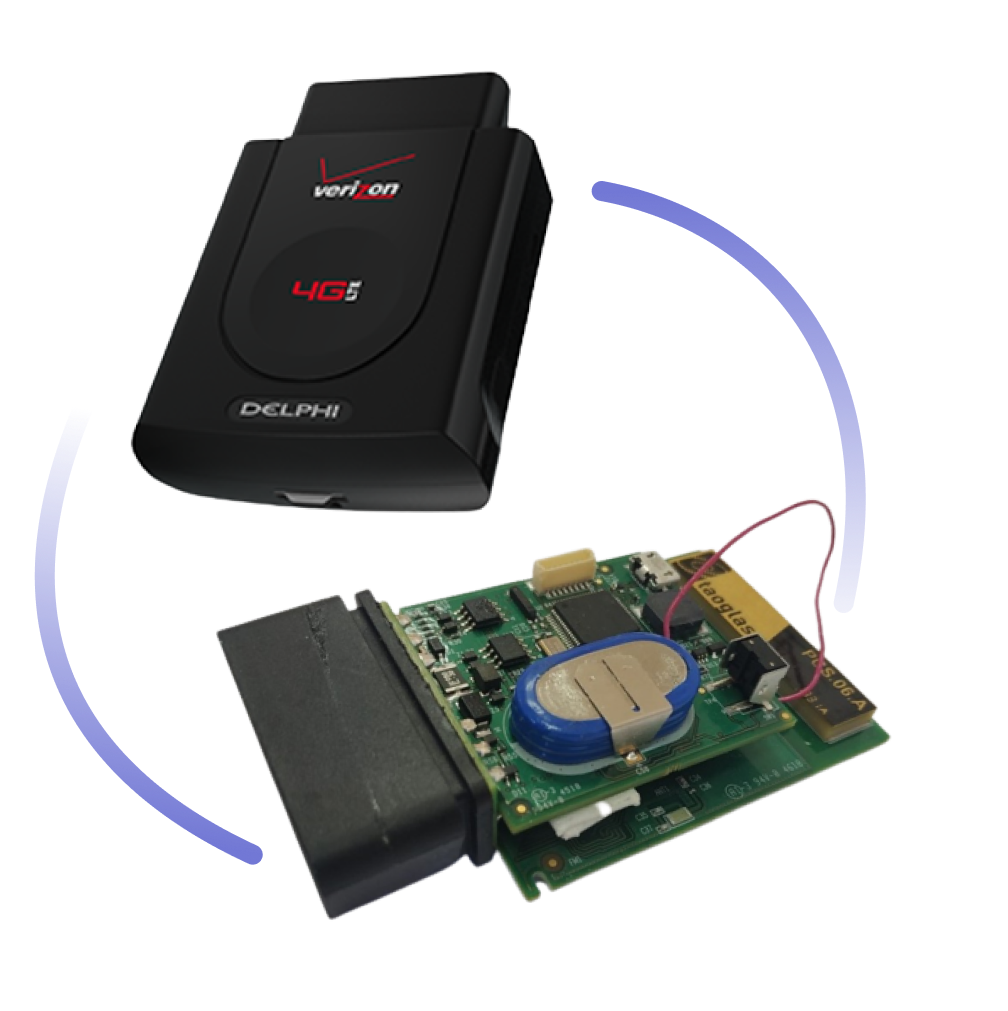Cellular On-Board Diagnostics Device
Highlights
In 2018, we were contacted by our regular customer – a leading provider of IoT and M2M connectivity equipment. Their cellular on-board diagnostics (OBD) device was expected to be implemented in vehicles, predominantly trucks, to help prevent accidents and detect incorrect driving. However, the system couldn’t perform updates via air, had poor functionality and connectivity capabilities, and lacked many parameters to be tracked.
Challenge
Customer Challenge
Ensure a simple and available real-time monitoring of the vehicle fleet and traffic situation, as well as advanced EIoT analytics opportunities to prevent dangerous cases and optimize transportation expenses.
Project Objective
Enhance the OBD device to continuously detect problematic driving while supporting the requirements of a highly organized IoT ecosystem.
Solution
Since the device was expected to process a large amount of driving data simultaneously, the system was built on ThreadX – the modern RTOS that supports multiple threads.
To prevent accidents and incorrect driving, the system was designed to detect excessive acceleration, sharp cornering and hard braking during vehicle motions. To reduce the cost of production without reducing the quality of the device, together with the client we decided to use only an accelerometer module without a gyroscope. Considering the lack of gyroscope and variations of the installation position of the device inside of a cab, we created a specific and highly complex algorithm for computing accelerometer data to calculate installed device orientation, movement vectors, and critical road situations.
To optimize the device and satisfy the requirements of the IoT ecosystem, we provided the system with the following functionality and capabilities:
-
Enhanced tracking capabilities
-
Low energy consumption wireless communication
-
Highest availability in difficult-to-reach areas
-
Opportunity to update the device via the air
For this, we implemented support of the interfaces for GPS, LTE CatM radio, and Bluetooth. We also developed firmware to support the deployment of the existing OBD III Streamer device based on the Quectel BG96 module. We made a great effort here, since the module does not provide a built-in debugging possibility and usable firmware update procedure.
To provide communication between the device and the cloud, we implemented a central server communication logic
To ensure the system tracks location and performs diagnostics precisely, we performed production testing in about 1100 vehicles. Thus, we were sure that our client can guarantee full tracking and predictive maintenance of the whole vehicle fleet.
Development Included
- Protocols review and analysis
- Implementation of different interfaces and business logic
- Accelerometer data processing implementation
- Firmware development and implementation
- Testing and debugging
Result

-
Critical data collection for predictive maintenance
-
Product sales increased by 40%
- Reported downtime expenses reduced by 50%
Technology Breakdown
- 2.5 people
- 6 months







